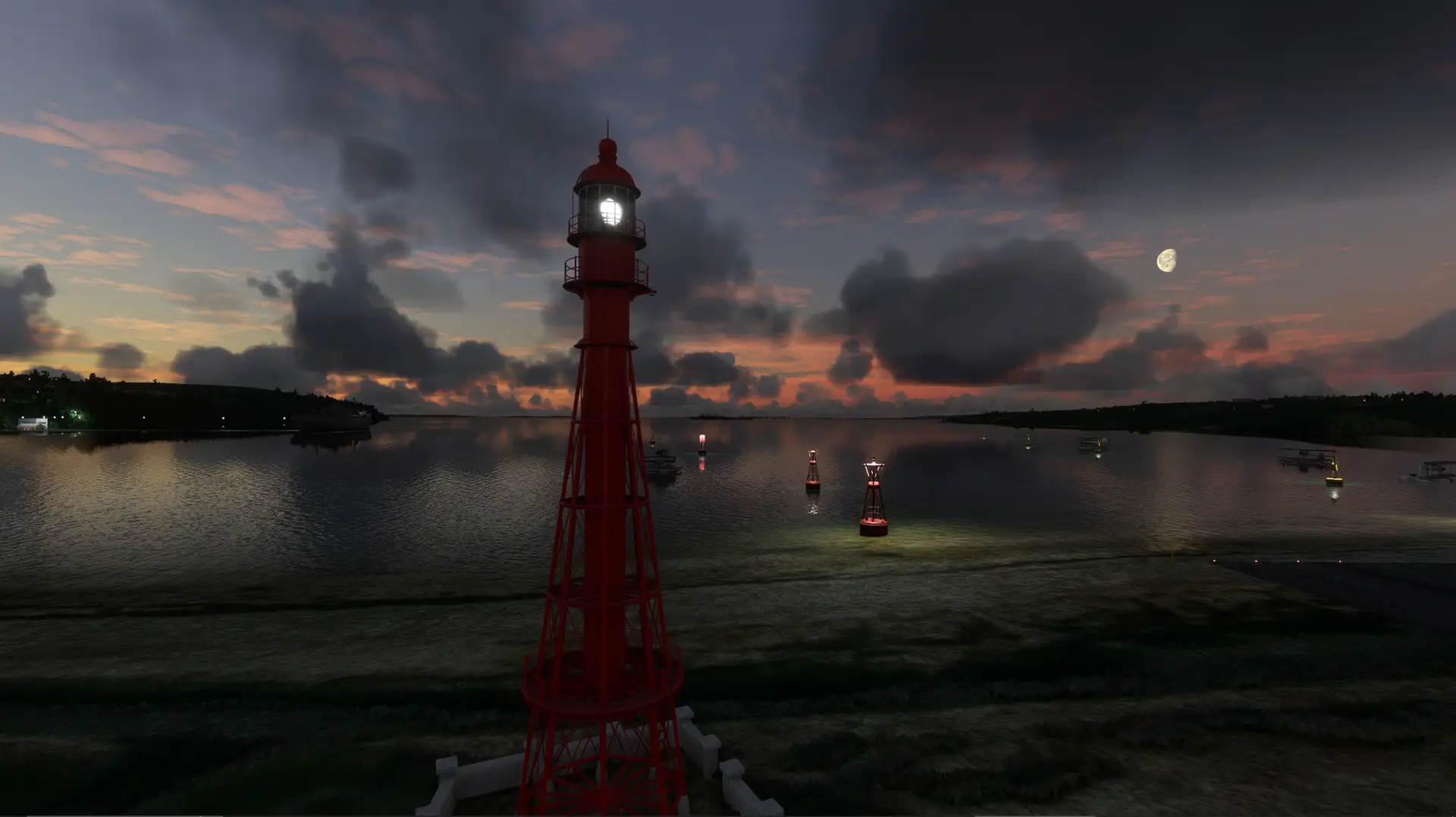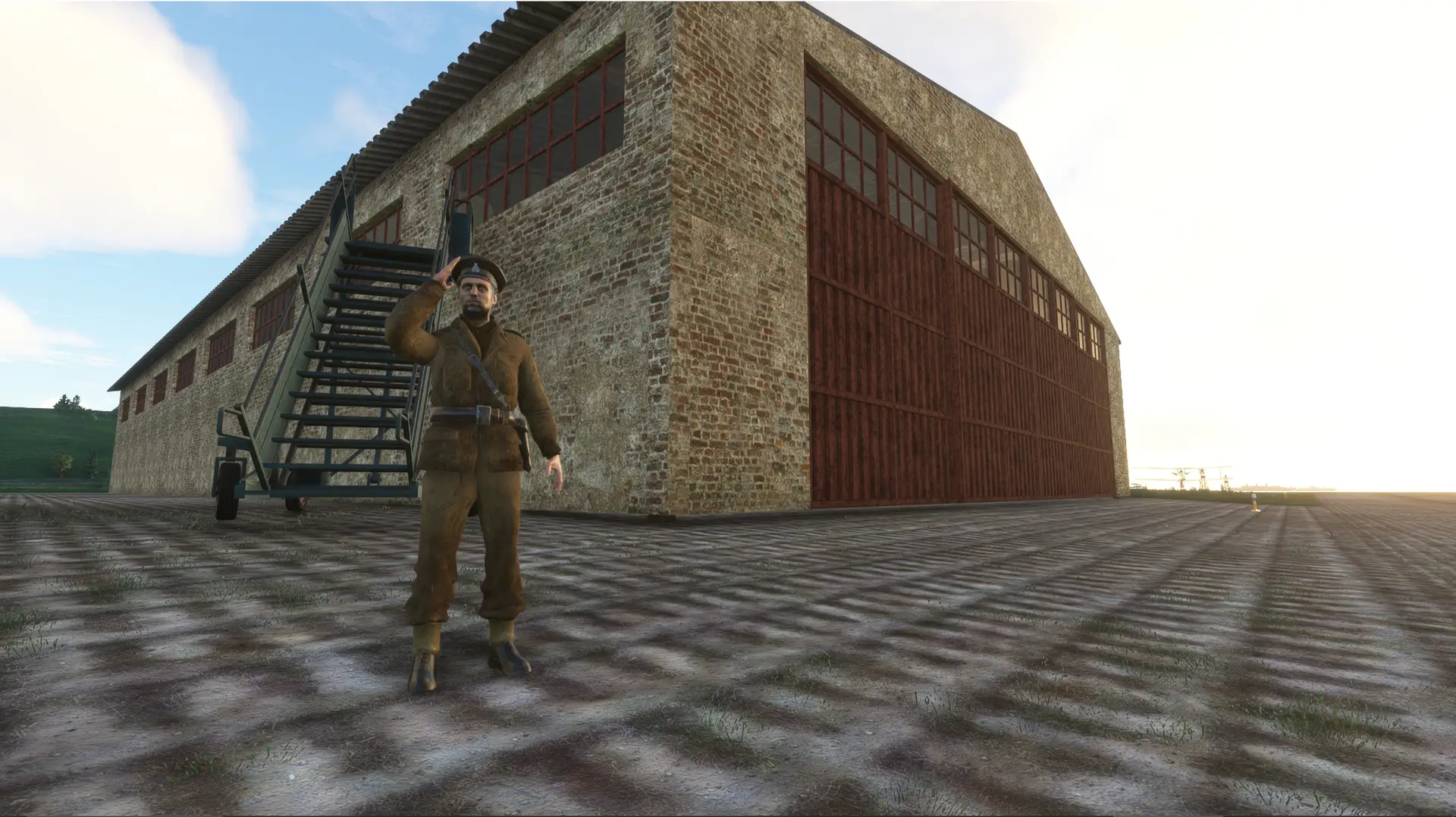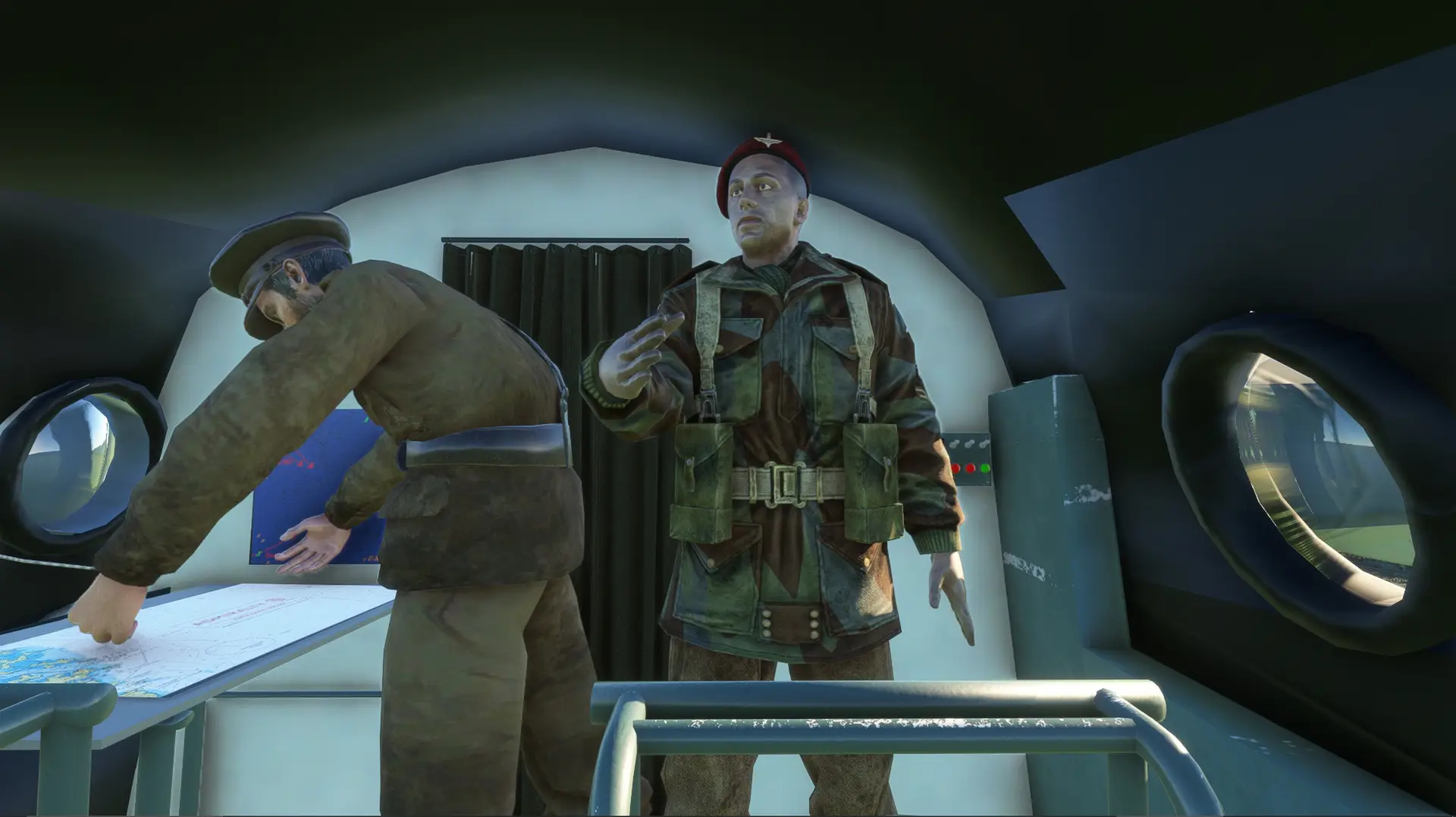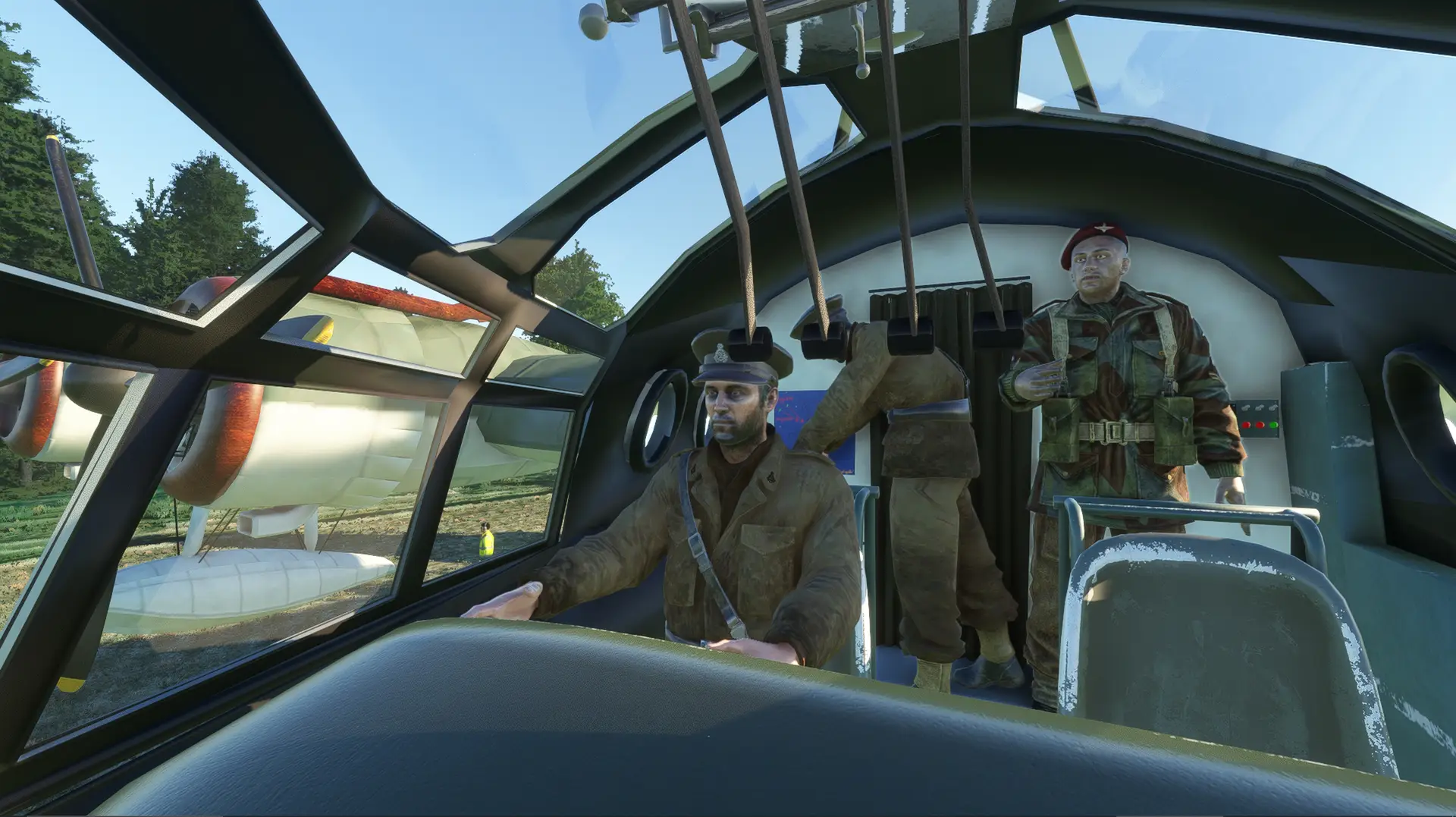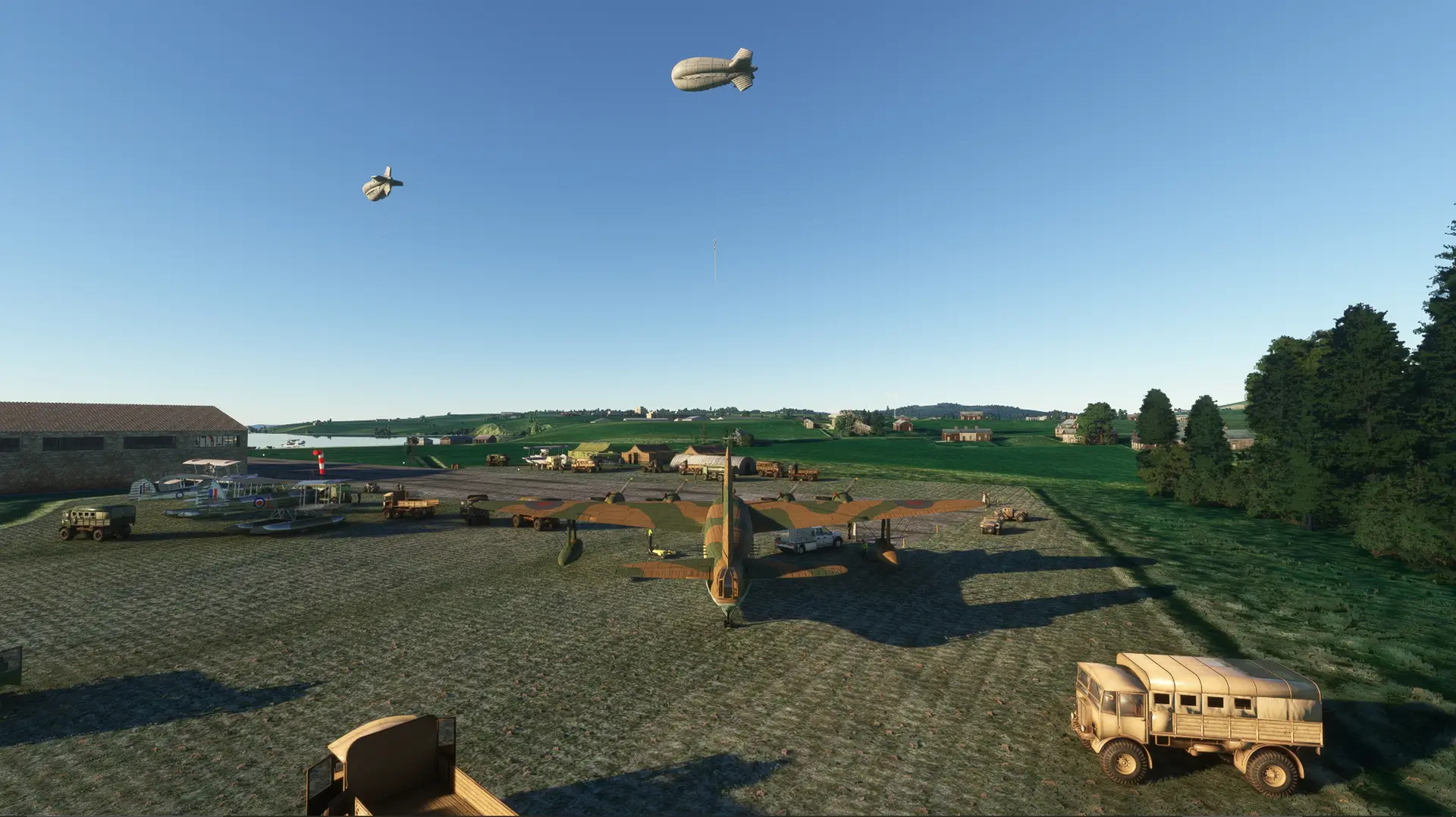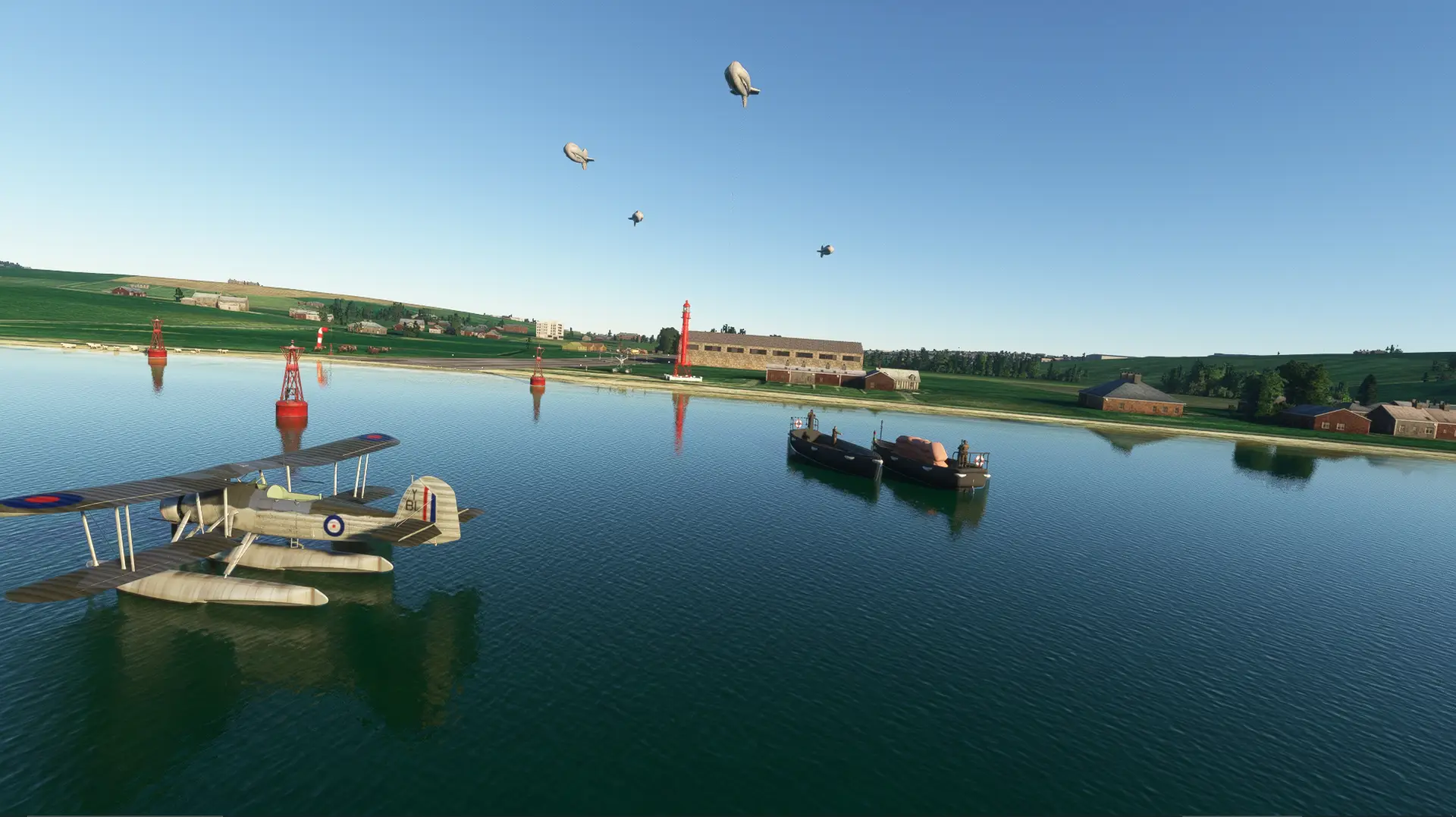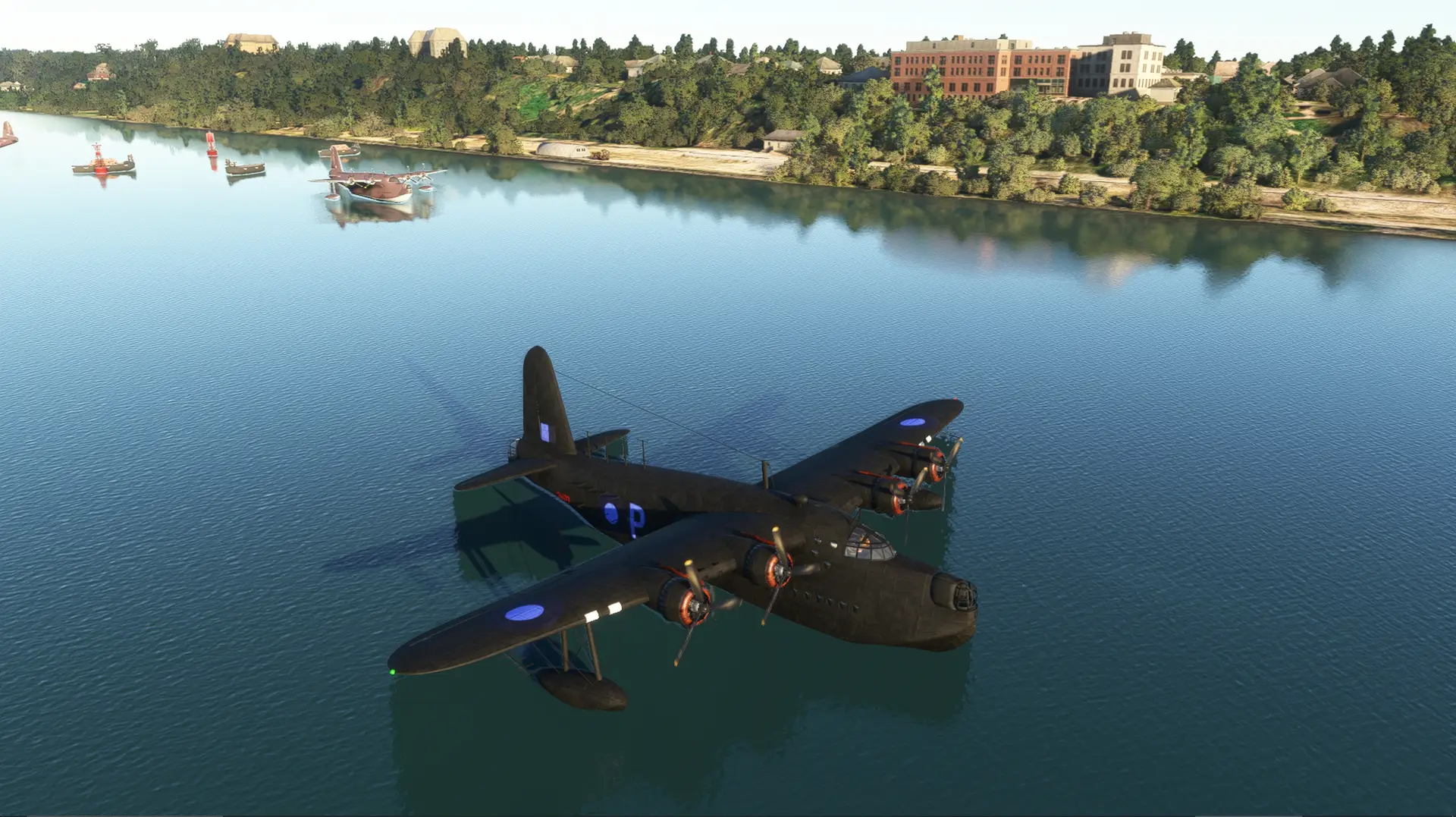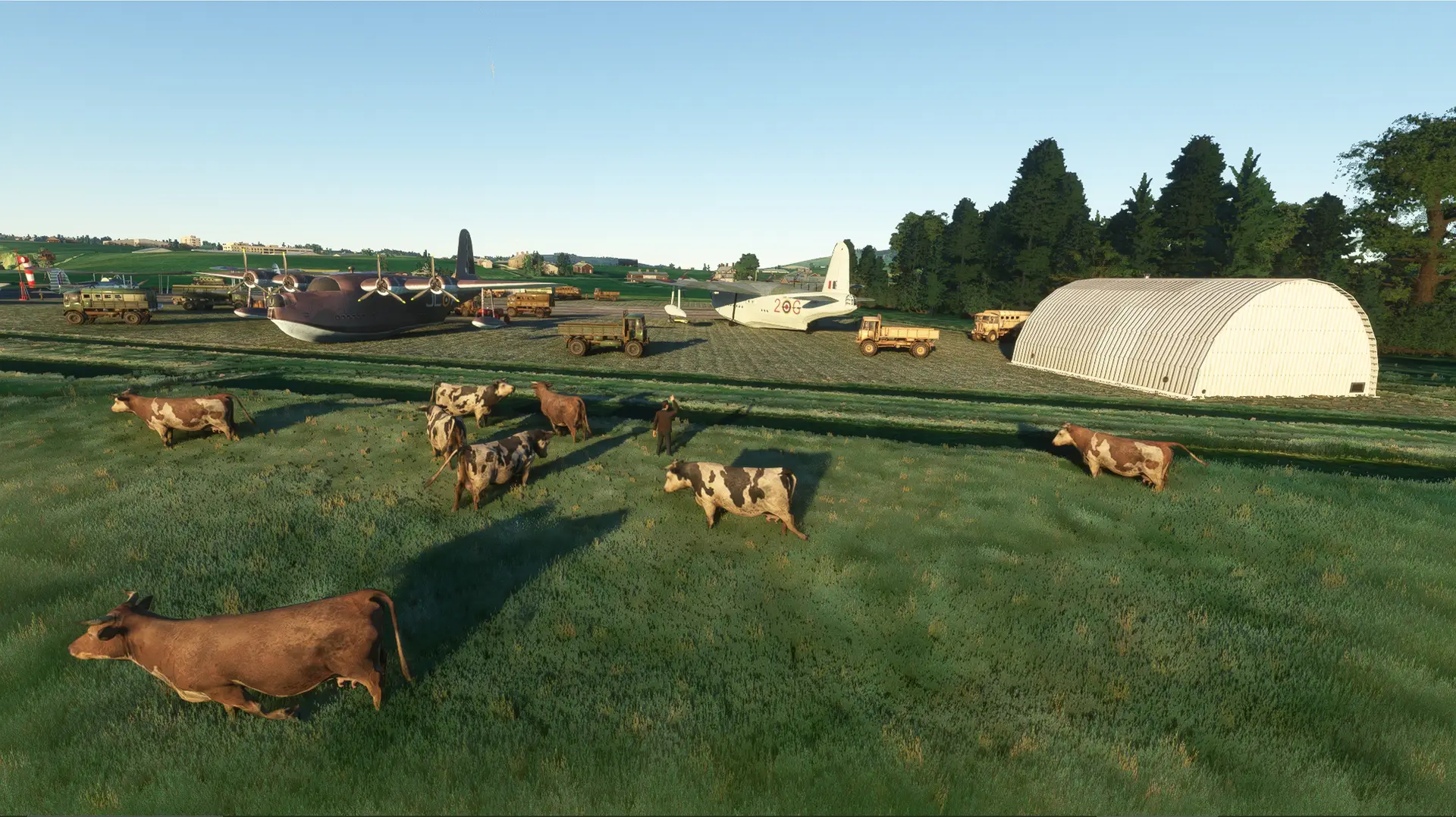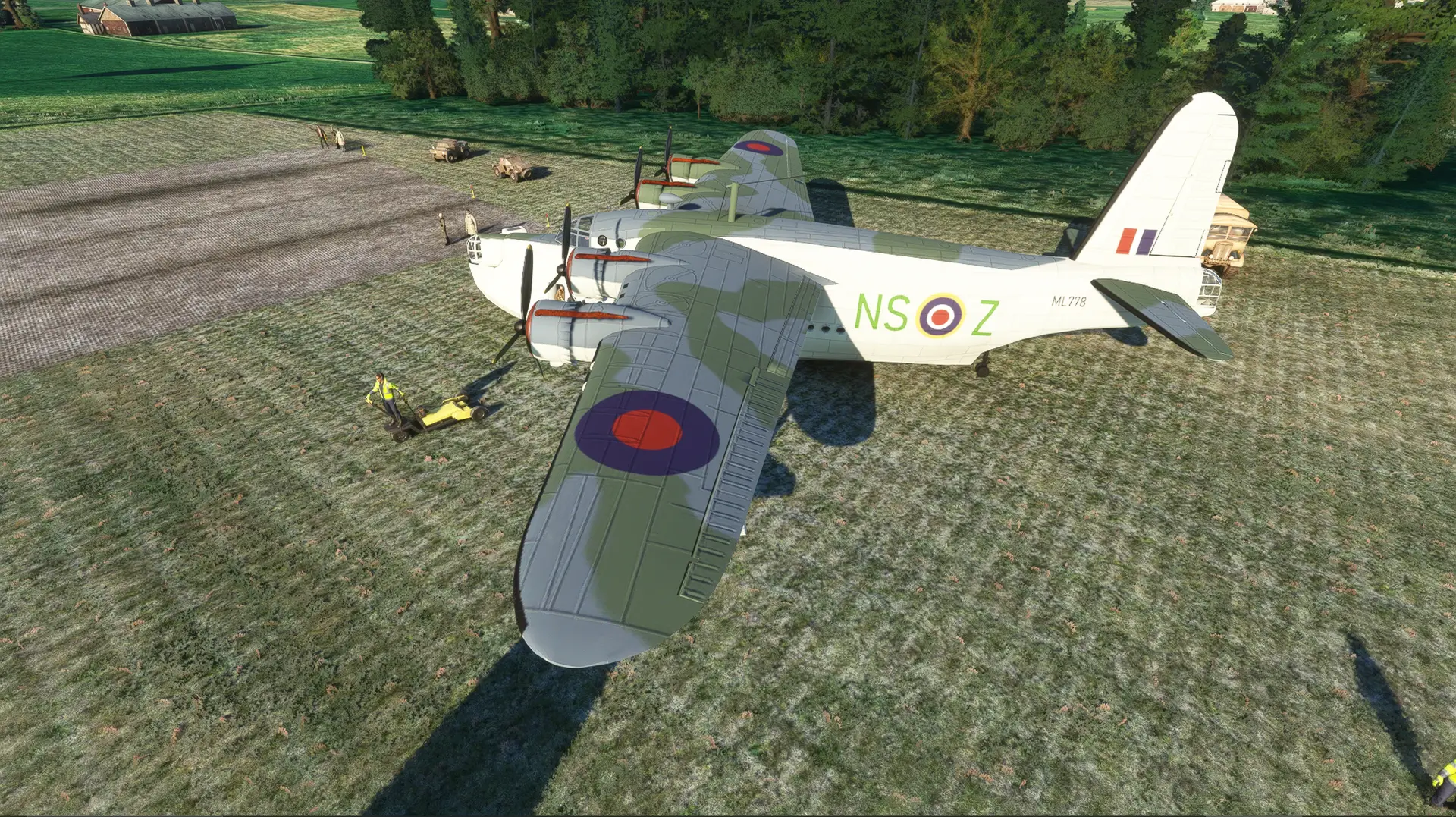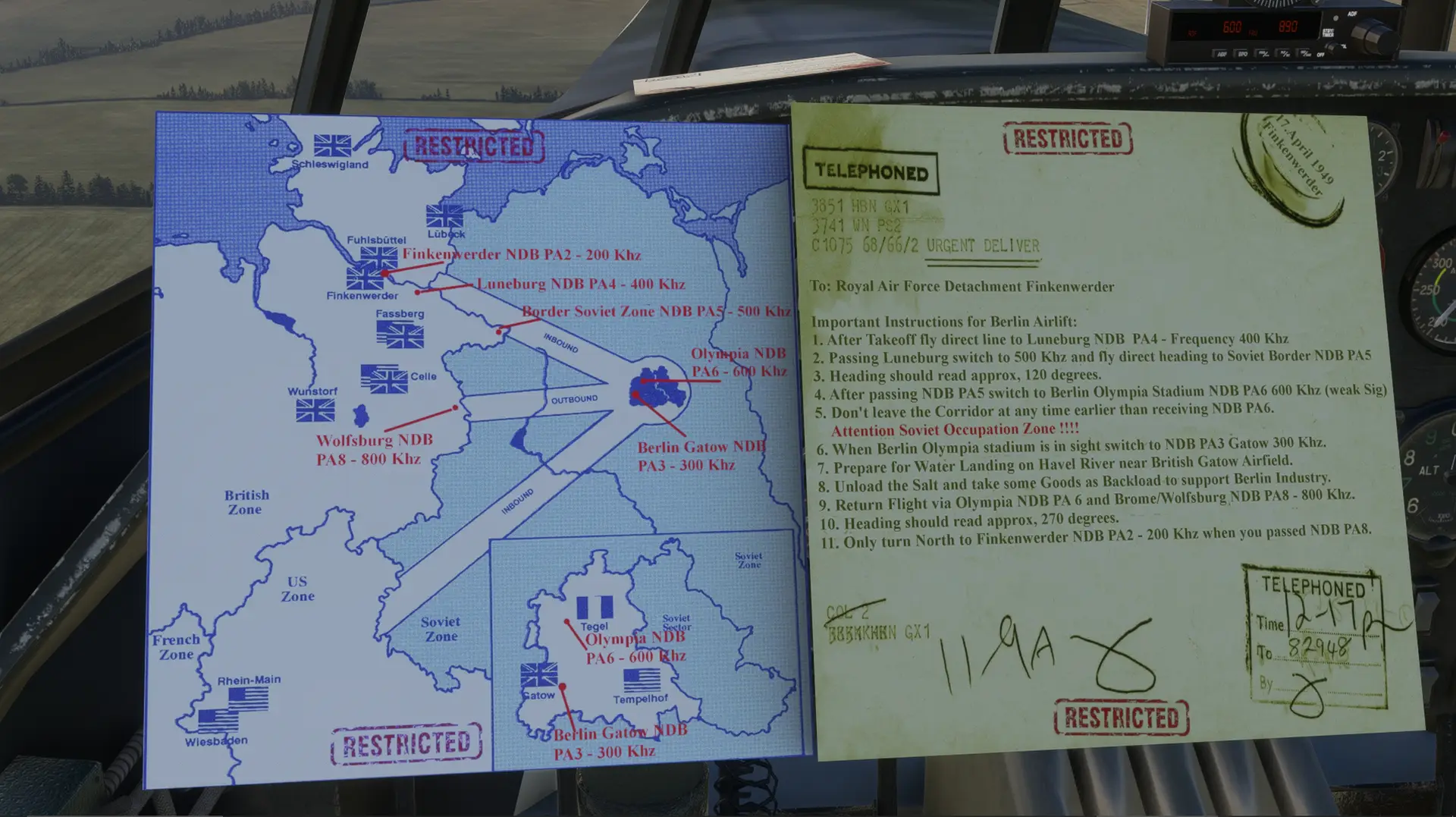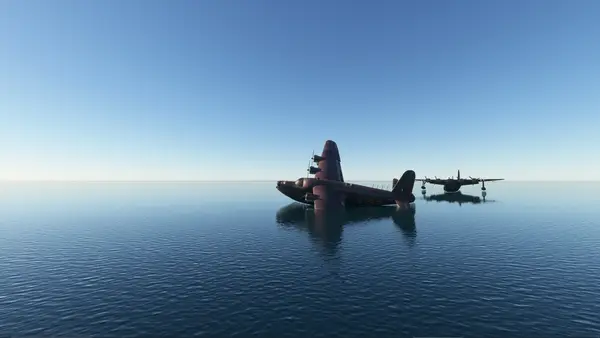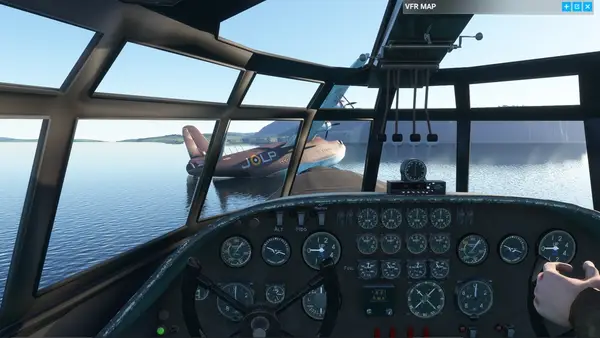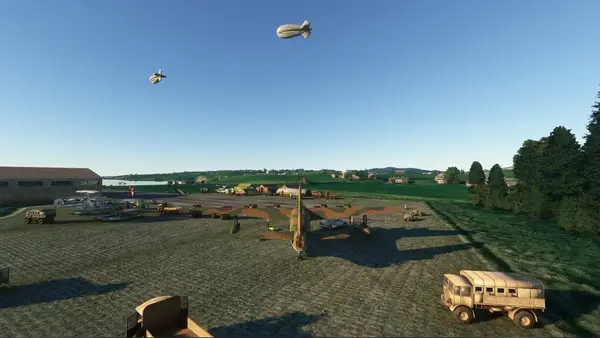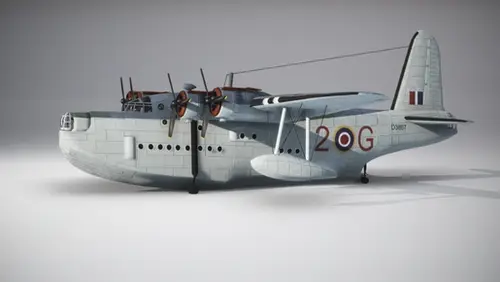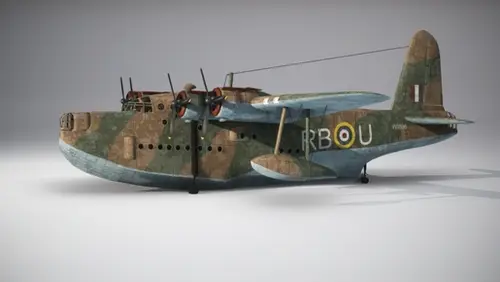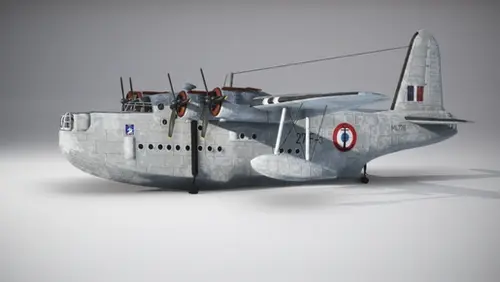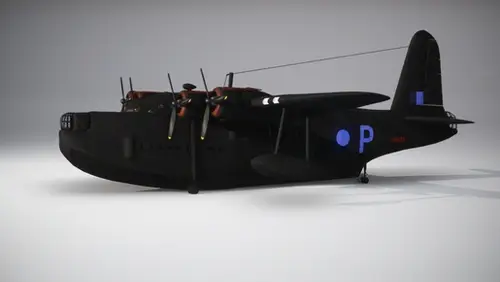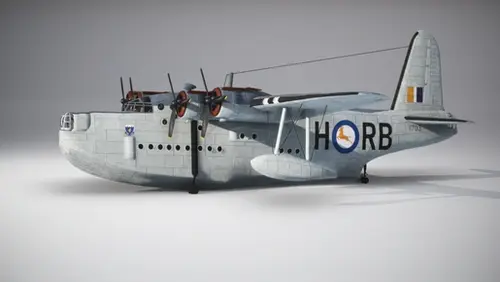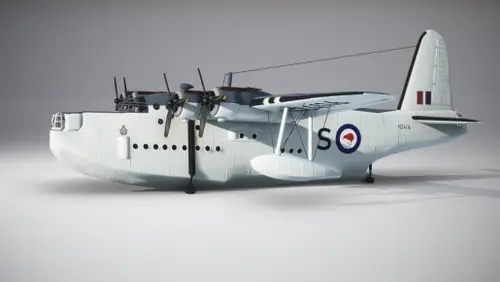- USD 12.49
- View more offers at FS Addon Compare
- Added: April 12, 2024
- Updated: December 17, 2025
The Short Sunderland is a long-range aircraft on Floaters. The Mark III turned out to be the definitive Sunderland variant, with 461 built. Most were built by Shorts at Rochester and Belfast, a further 35 at a new (but temporary) Shorts plant at White Cross Bay, Windermere while 170 were built by Blackburn Aircraft. The Sunderland Mark III proved to be one of the RAF Coastal Command's major weapons against the U-boats, along with the Consolidated Catalina. During the Berlin Airlift (June 1948 – August 1949) 10 Sunderlands were used to transport goods from Finkenwerder on the Elbe near Hamburg to the isolated city, landing on the Havel river near RAF Gatow until it iced over. The Sunderlands were frequently used for transporting salt, as their airframes were already protected against corrosion from seawater. Transporting salt in standard aircraft risked rapid and severe structural corrosion in the event of a spillage. When the Havelsee did freeze over the Sunderland's role was taken by freight-converted Handley Page Halifaxes with salt being carried in panniers fitted under the fuselage to avoid the corrosion problem. There are three new airfields and many NDBs as well as two flight tasks included in the pack. You may want to read the description inside the cockpit before flight.
There is a full documentation PDF file included in the pack. If you are on X-Box and don't have access to it, just drop me a line and I send you a link to it.
If you wish to create new liveries for these aircraft, a seperate paintkit-folder is included as well.
